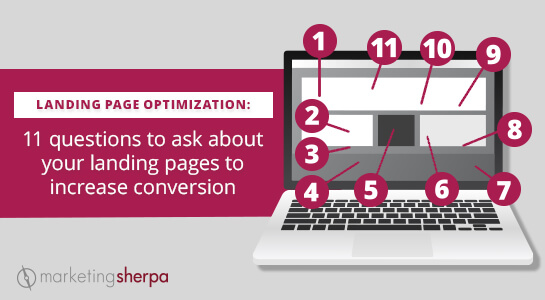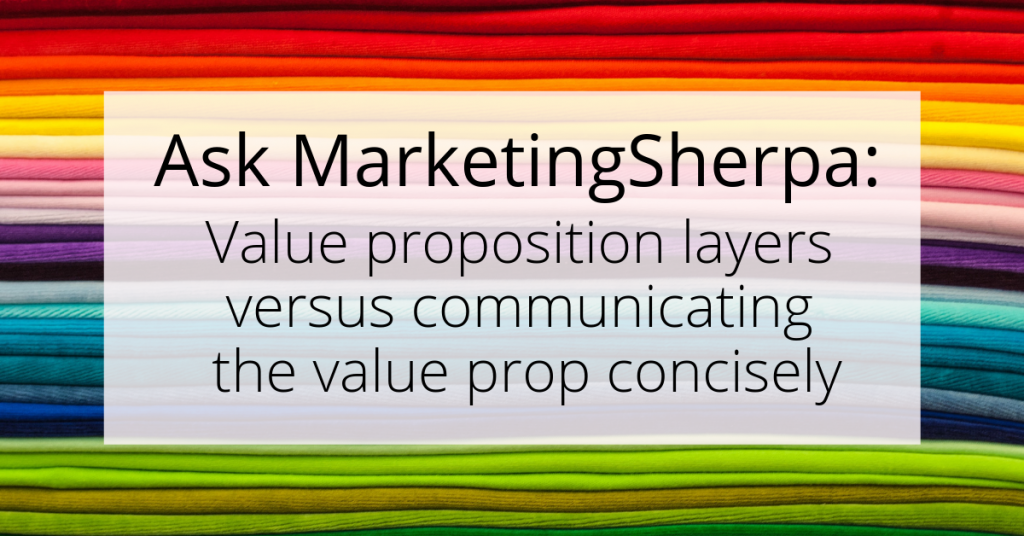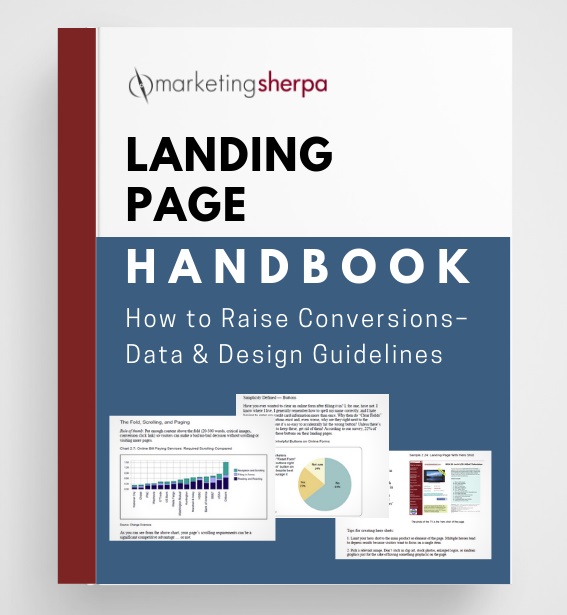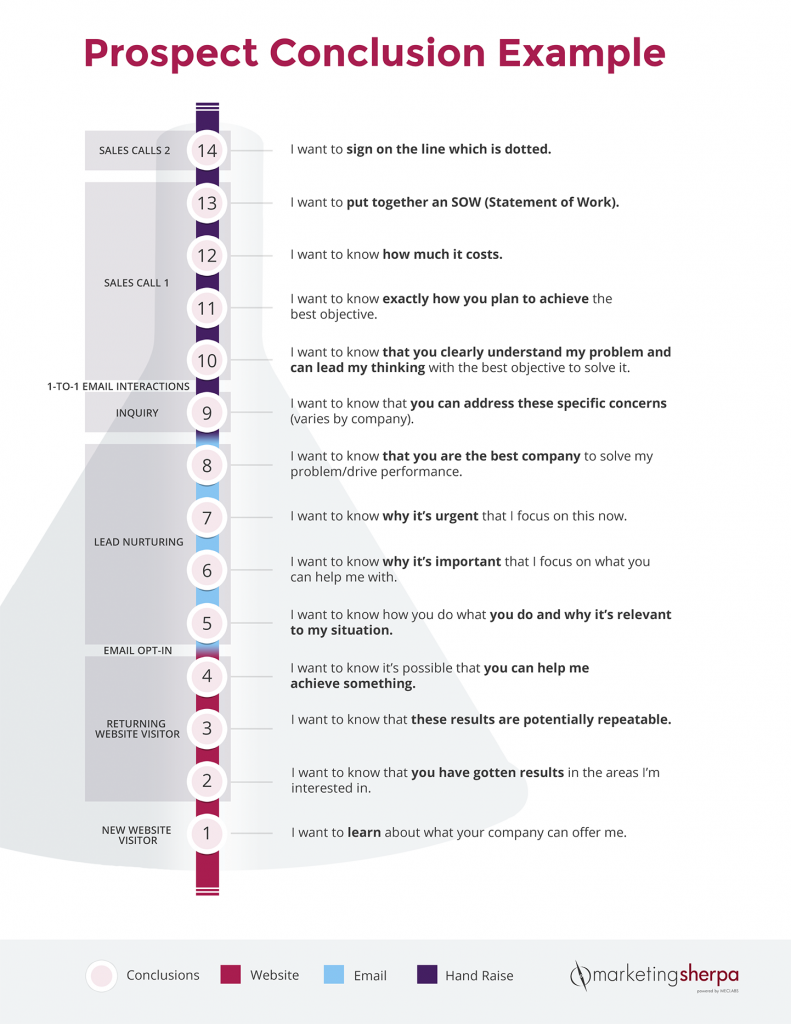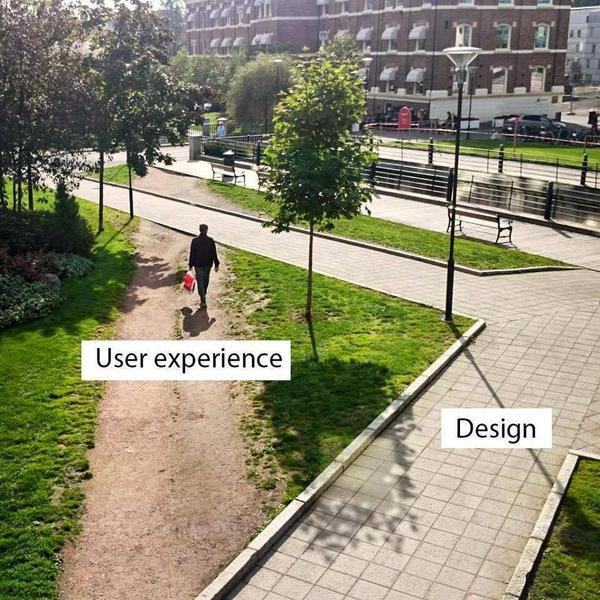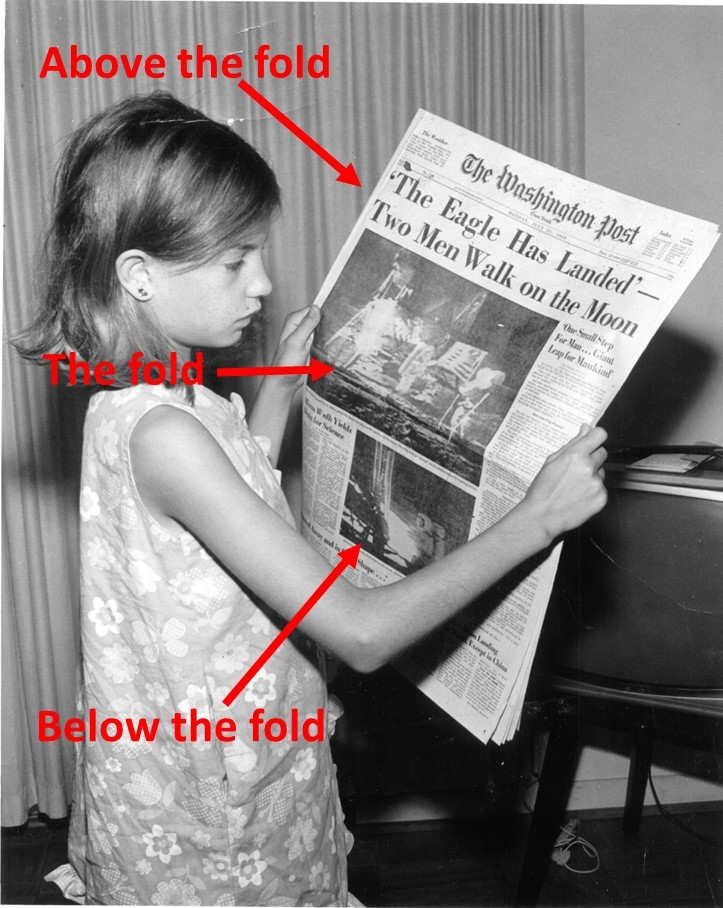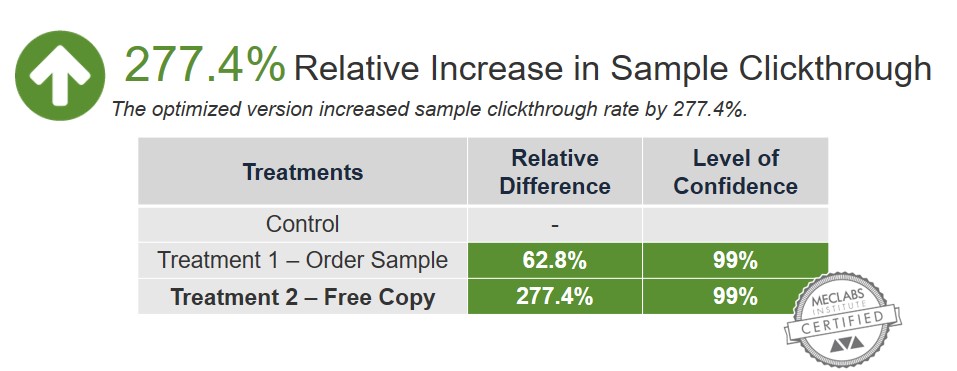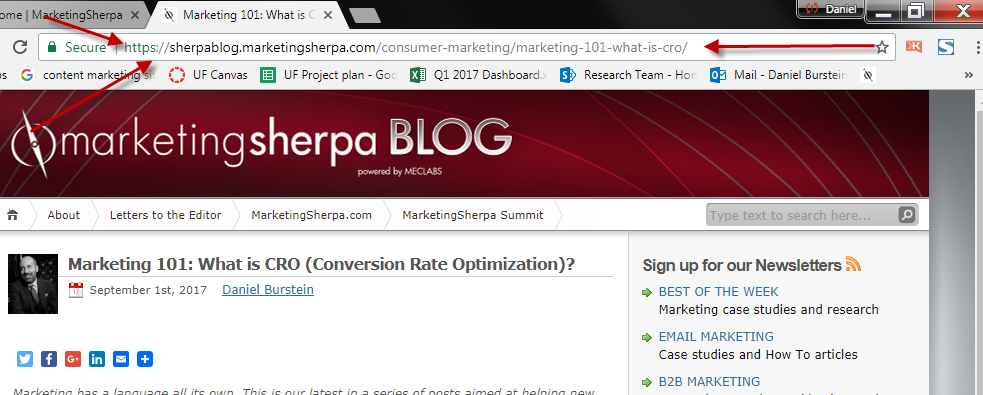AI-driven Test Ideation: How to get ideas for your marketing experiments (the easy way)
I’ve been writing about A/B testing for 15 years at Meclabs (MarketingSherpa is part of Meclabs, as is MarketingExperiments). And one of the most common challenges I’ve heard is – ‘what do I test next?’
Because A/B testing isn’t all that hard to get the hang of. And once you catch the bug and see how it can move the needle and help you learn about and better serve customers – marketers and entrepreneurs want to keep testing.
But we’re only human. And eventually the well runs dry. ‘So what the heck should I test next?’
Enter the biggest marketing buzzword of 2024 (and 2023 as well) – artificial intelligence.
But unlike a buzzword that covers up for vaporware, AI is legit when it comes to test ideation. Because unlike me and you, it isn’t human (sorry bots reading this post, you are not part of my target audience).
So AI is a never-ending font of ideas. Are they all amazingly good? No.
But Paul McCartney originally sang “Scrambled Eggs” instead of “Yesterday,” “The Breakfast Club” was going to be called “The Lunch Bunch,” and Jane Austen came up with the title “First Impressions” before she settled on “Pride and Prejudice.”
Brilliance isn’t obvious at first. It takes a lot of ideas to get there.
Which, again, AI has. So the next time you’re struggling with a test idea, give it a shot.
Here’s an example. I’m co-teaching ‘MEC 300: Develop Your Creative’ in the AI Guild. This isn’t just meant to be training; it’s meant to guide you to build your own funnel. So between each class there is a ‘Build Your SuperFunnel’ activity (I didn’t want to call it ‘homework,’ after all, these are all adult professionals).



